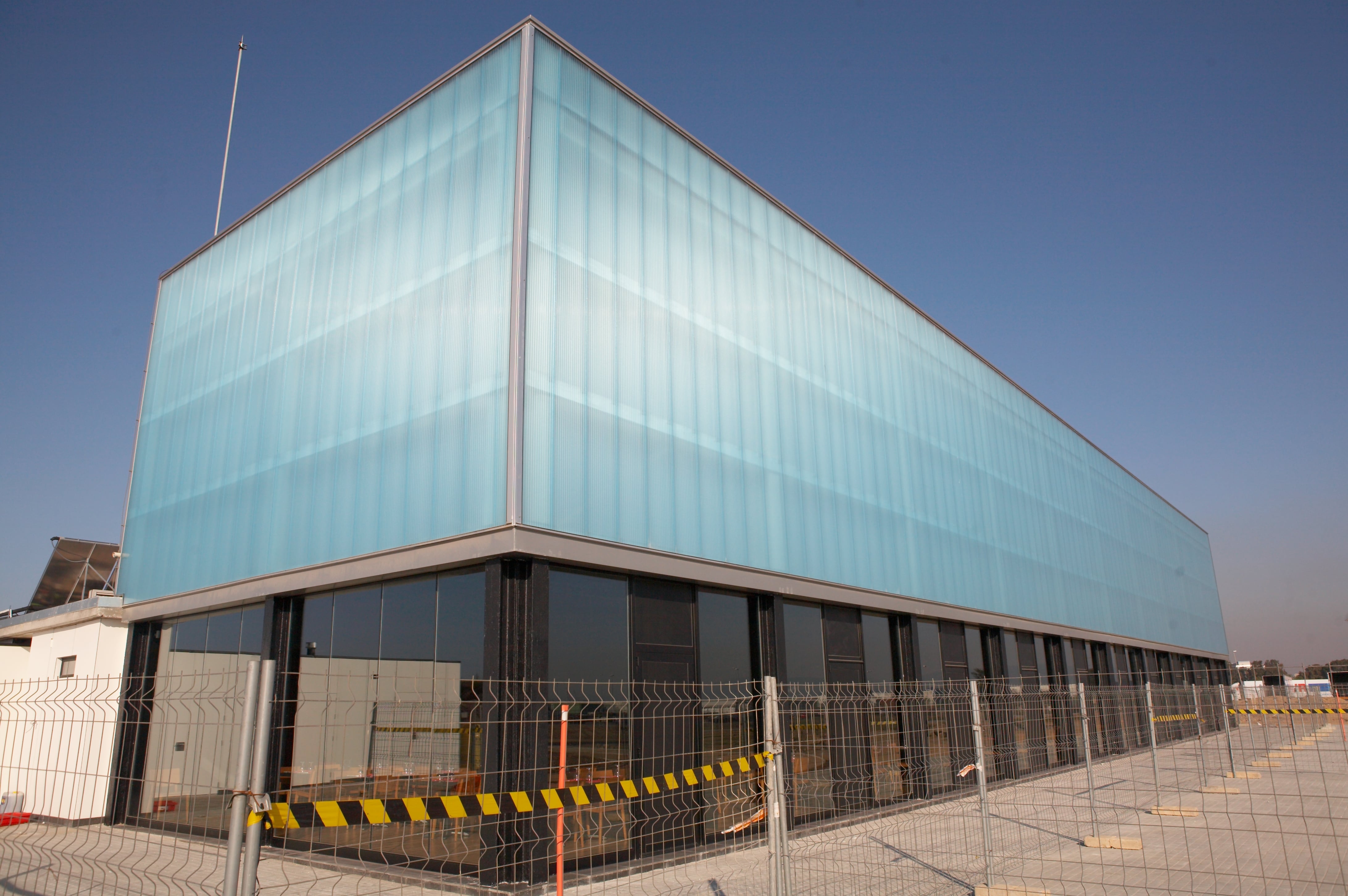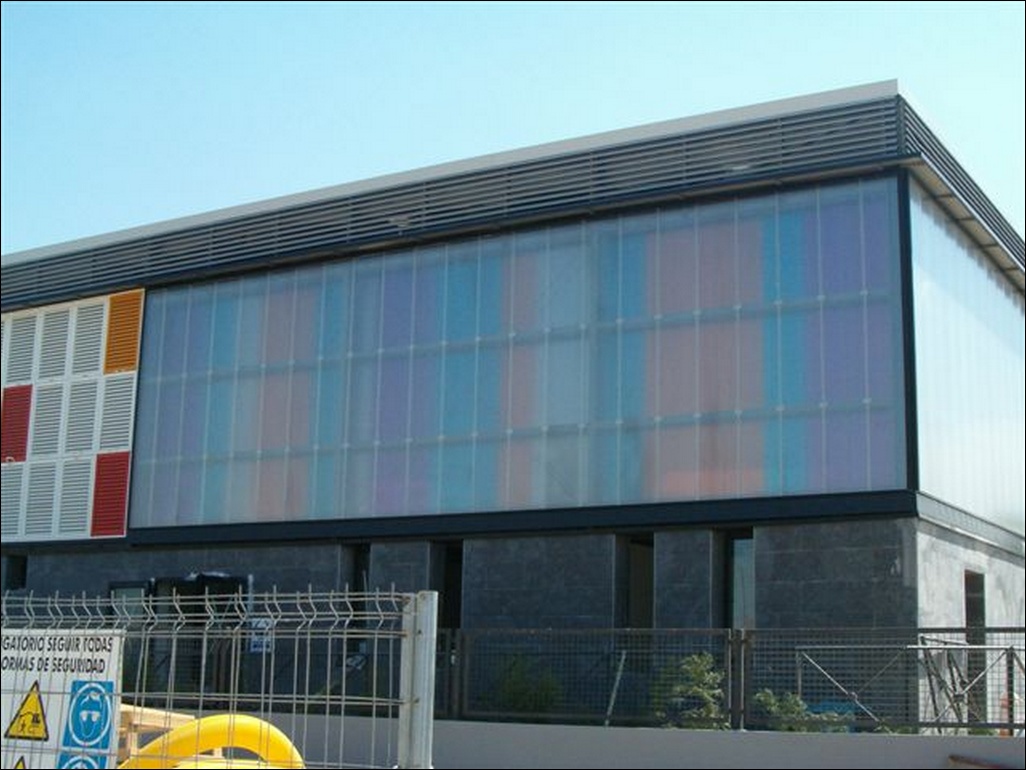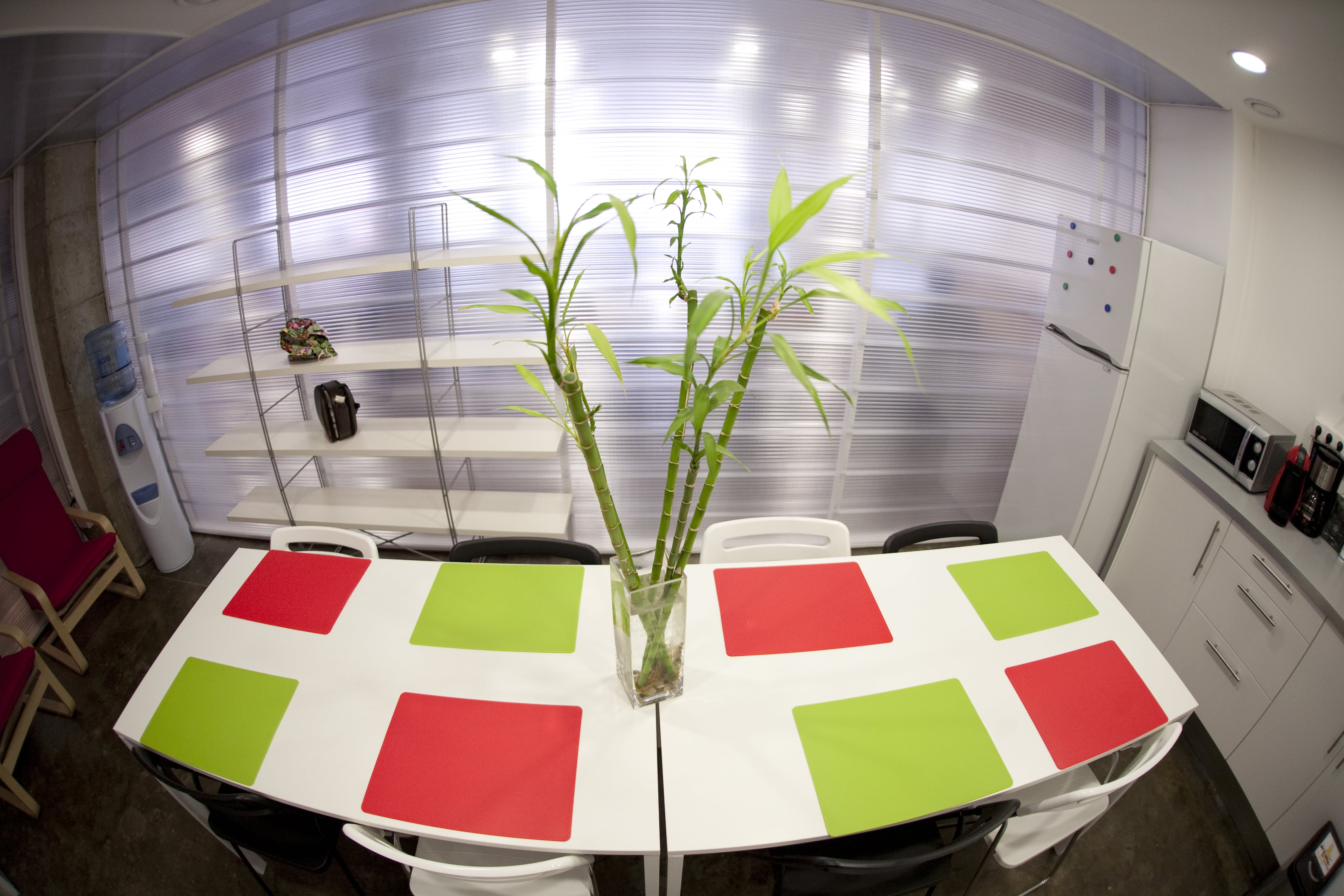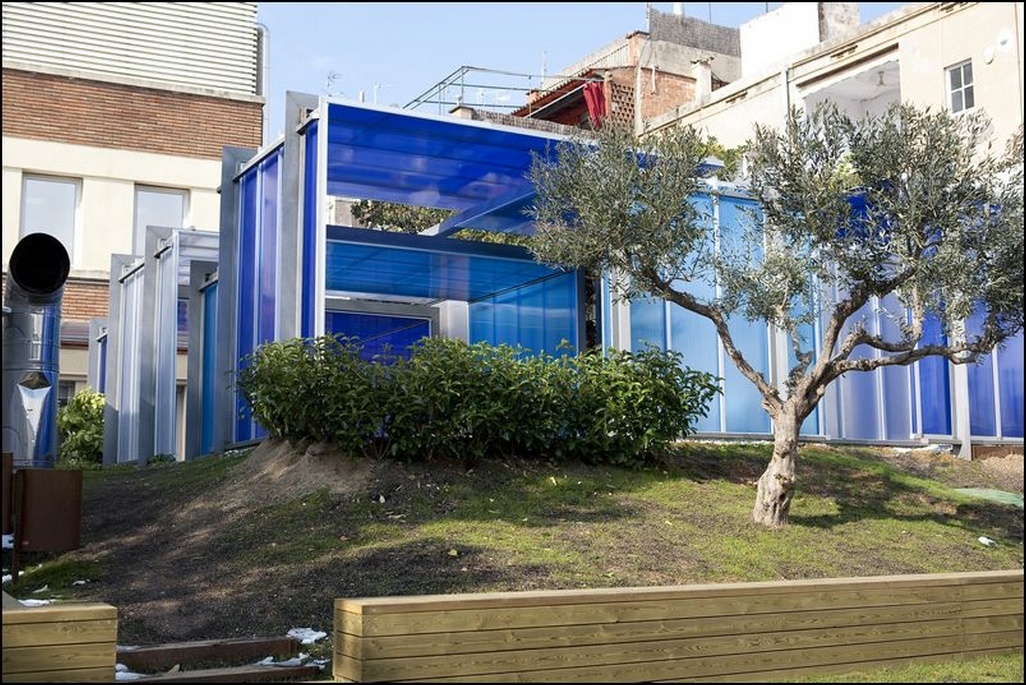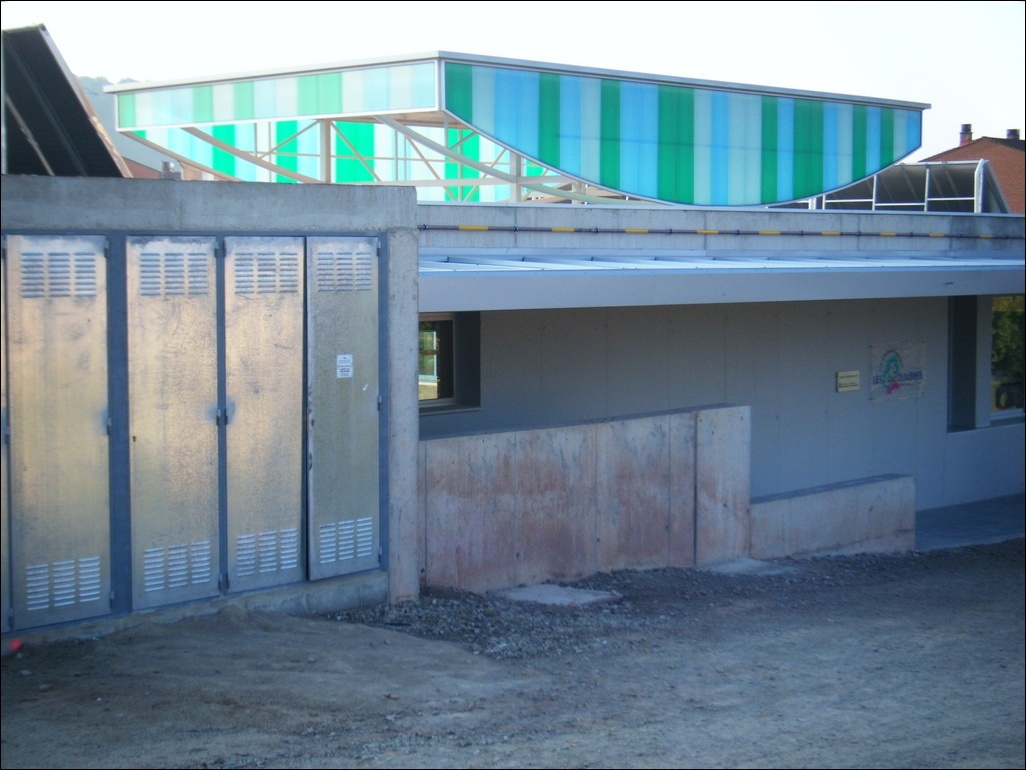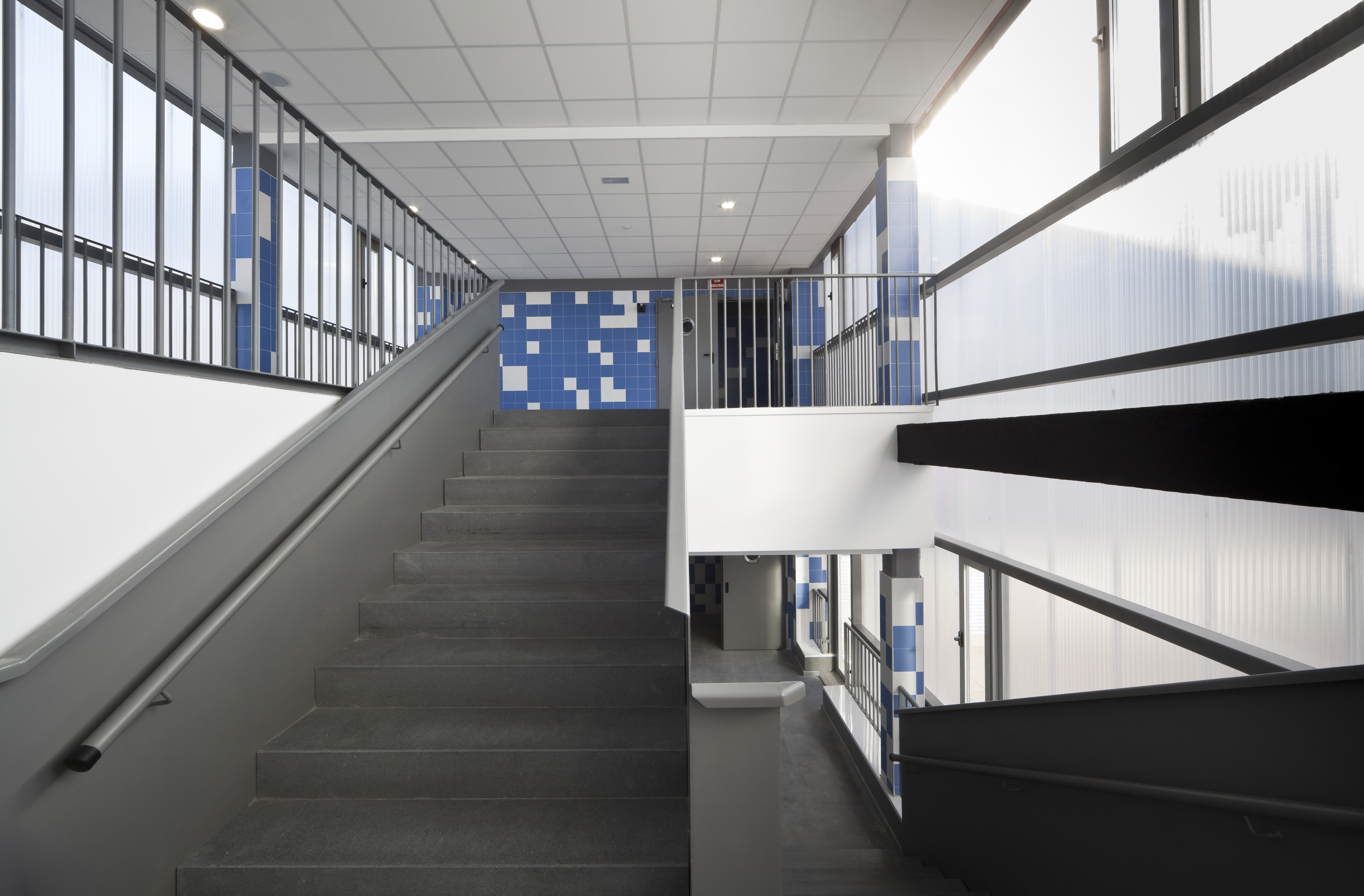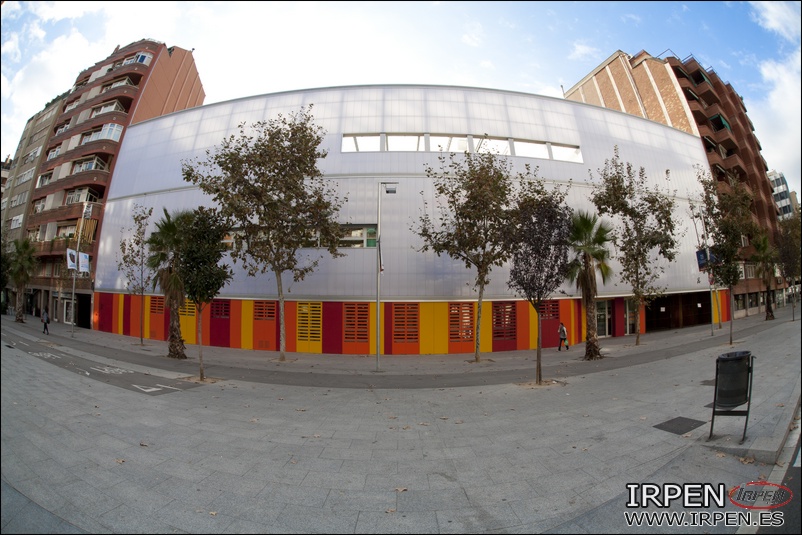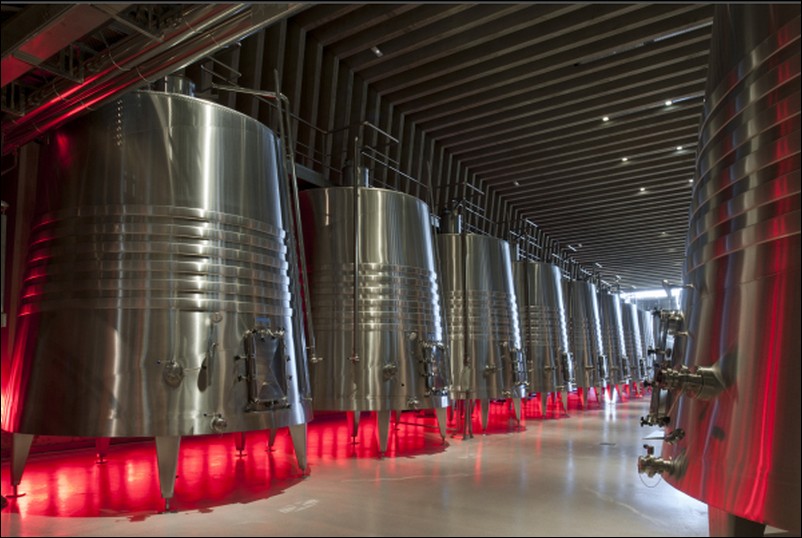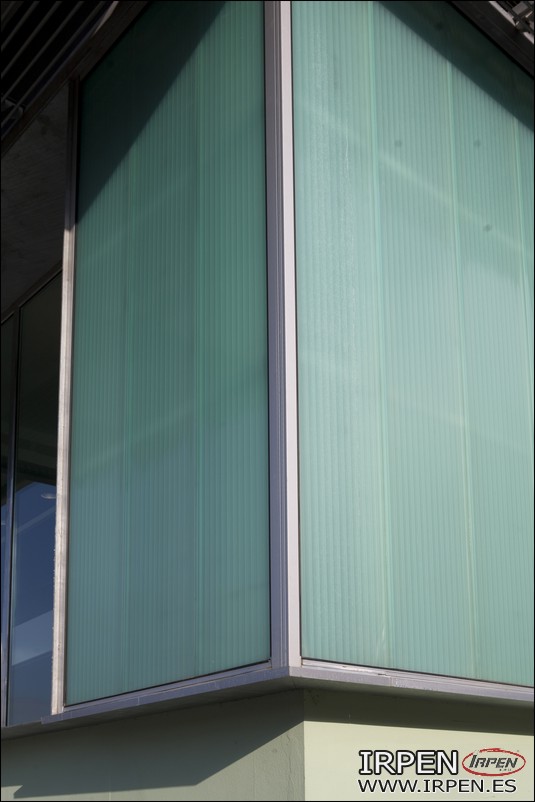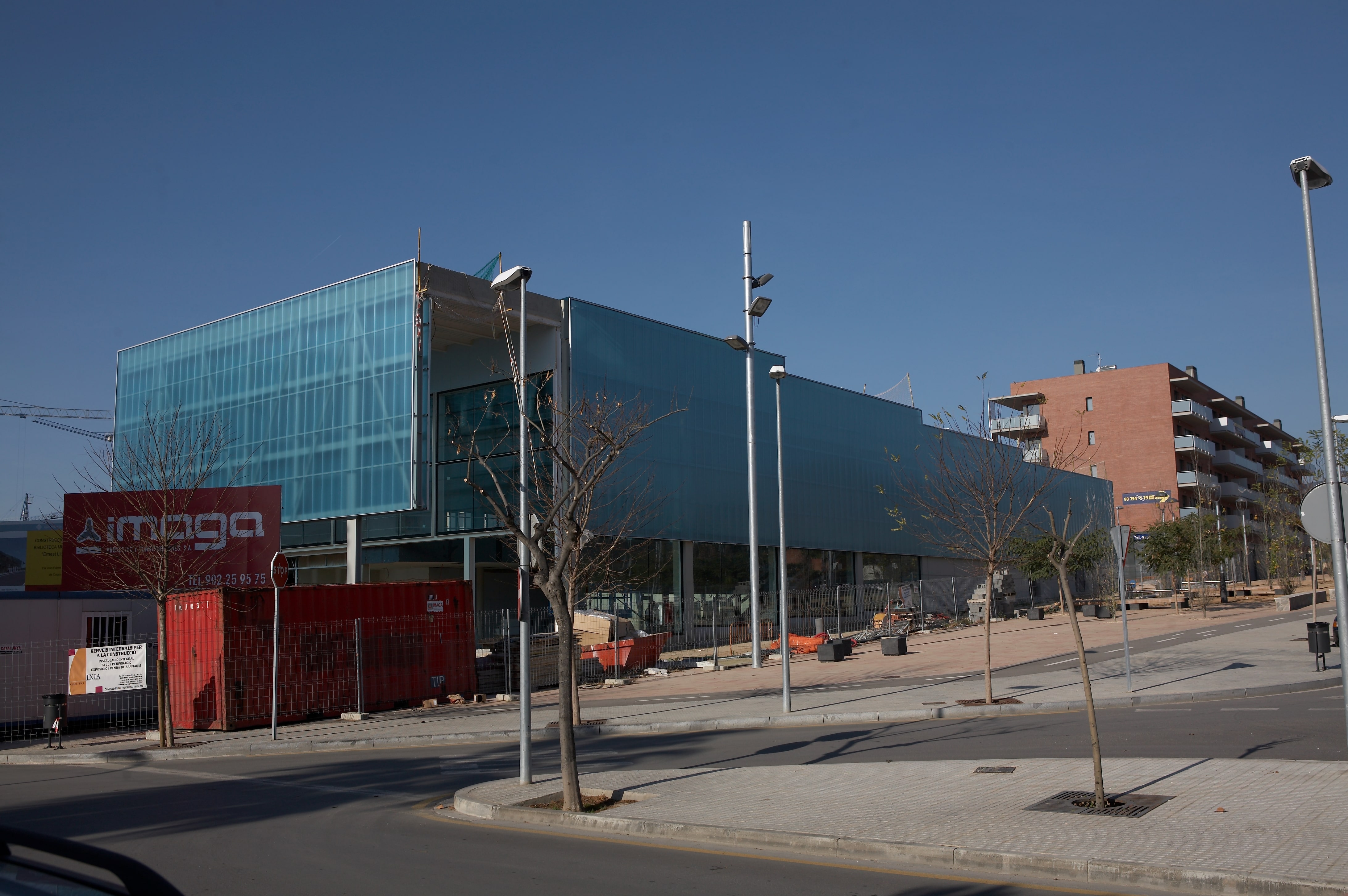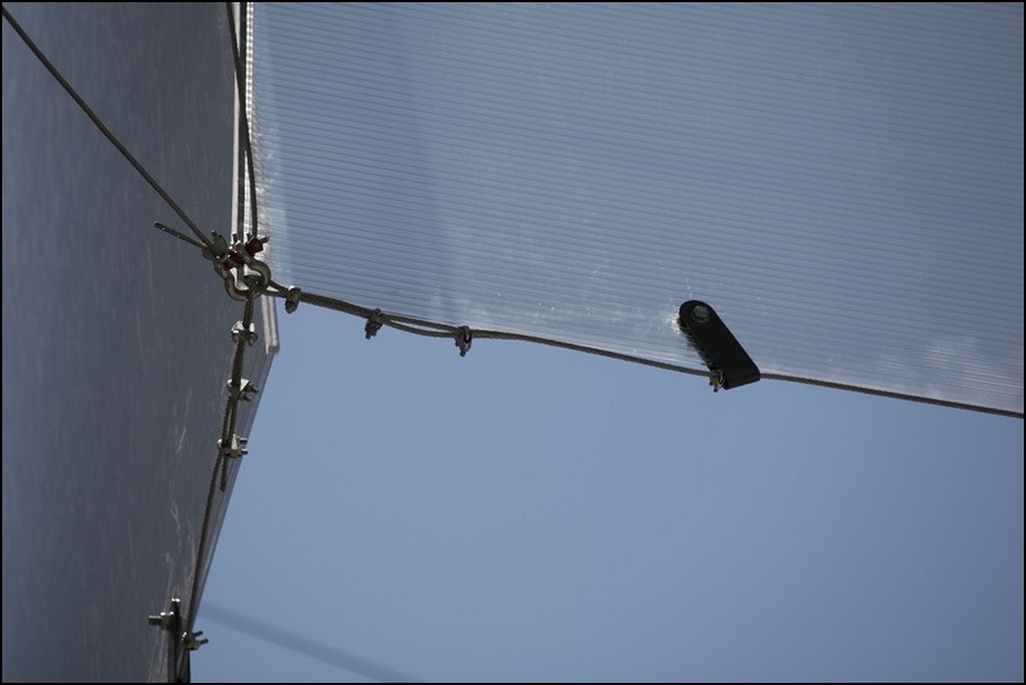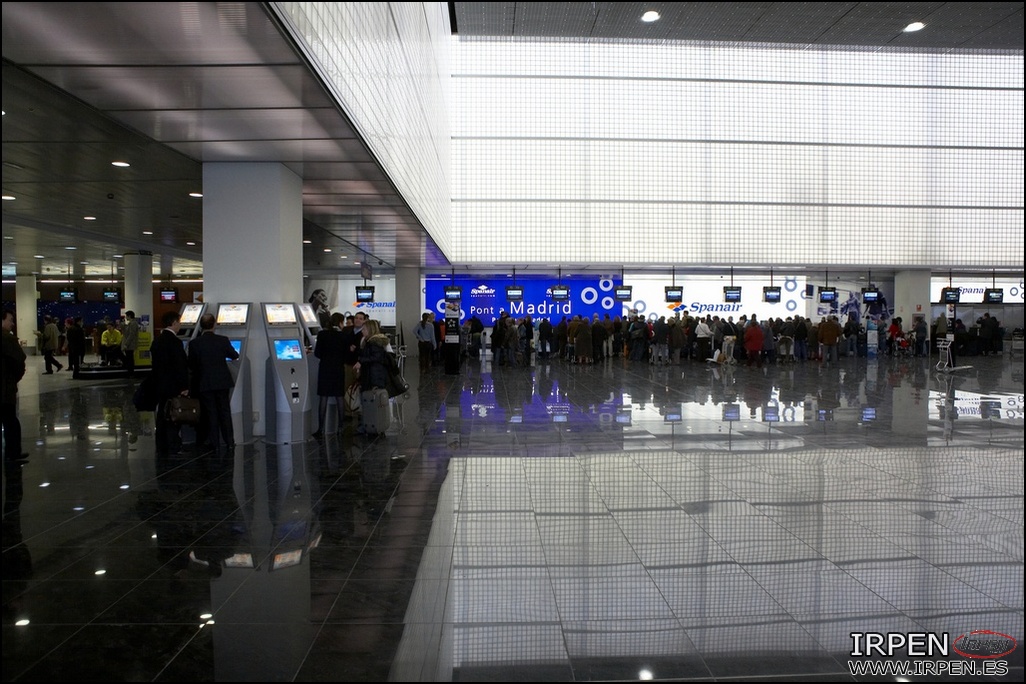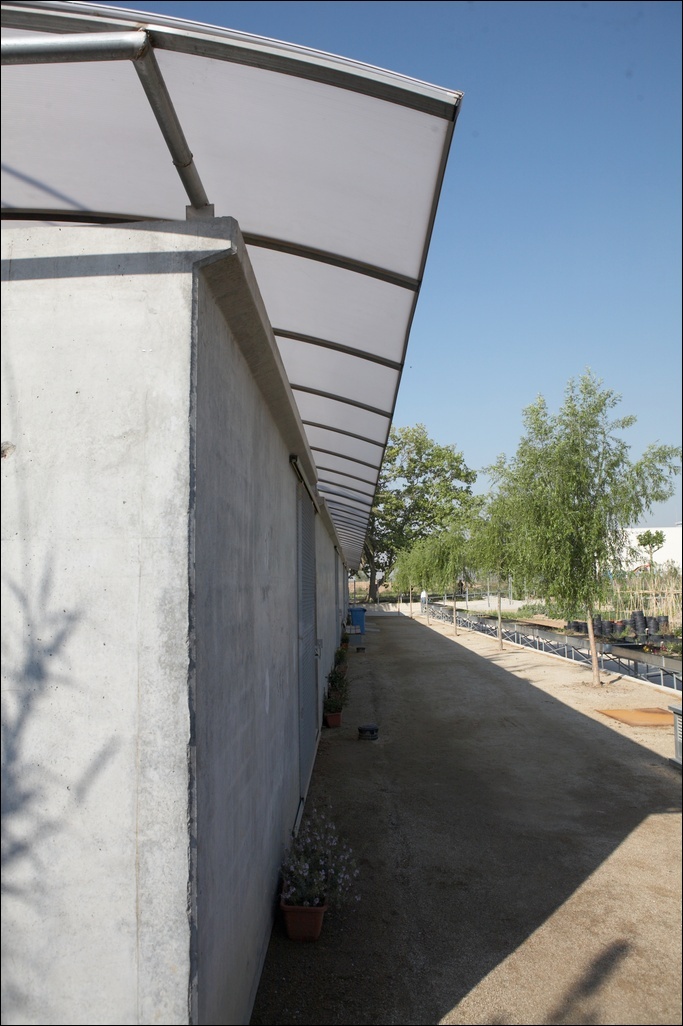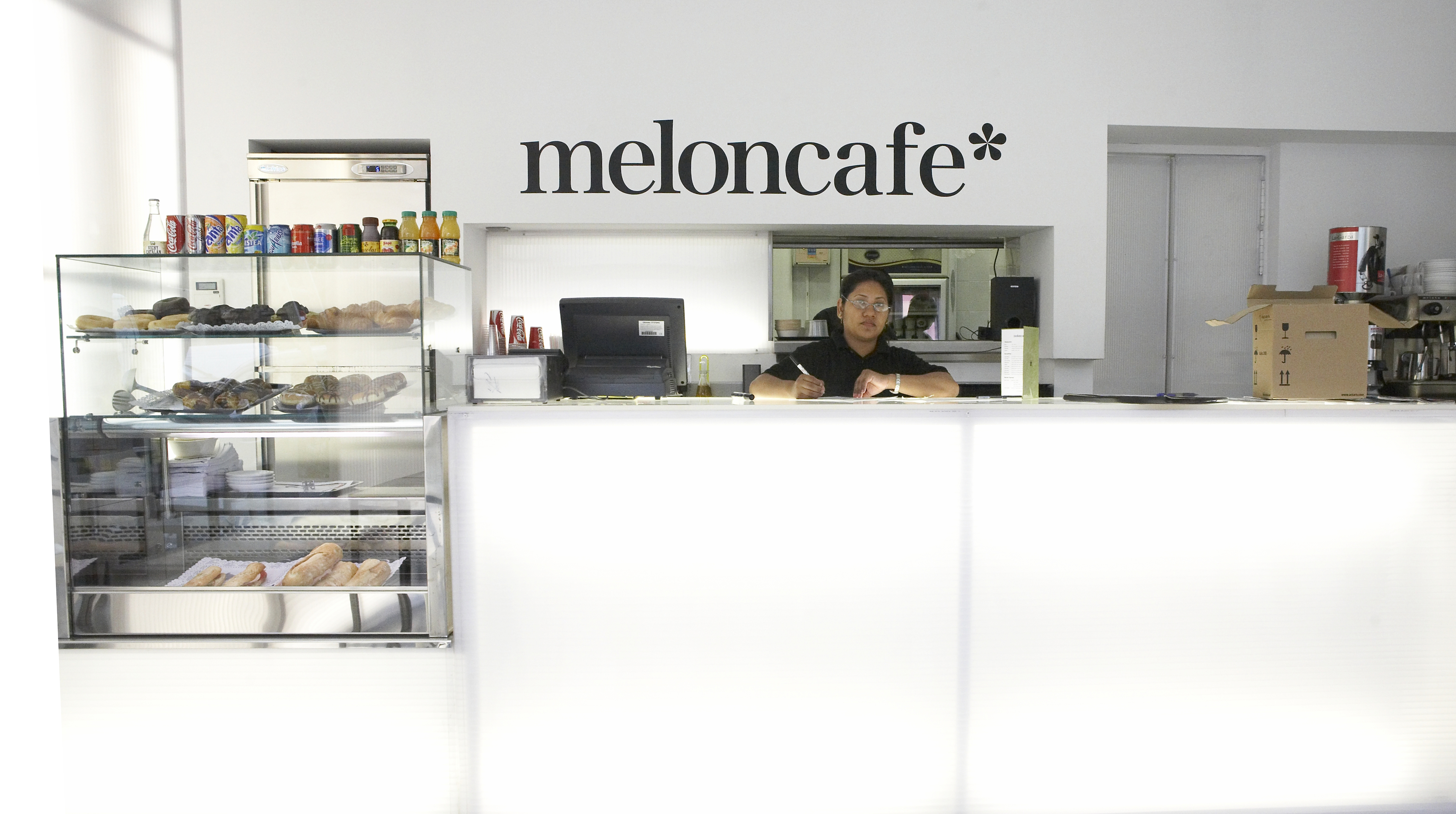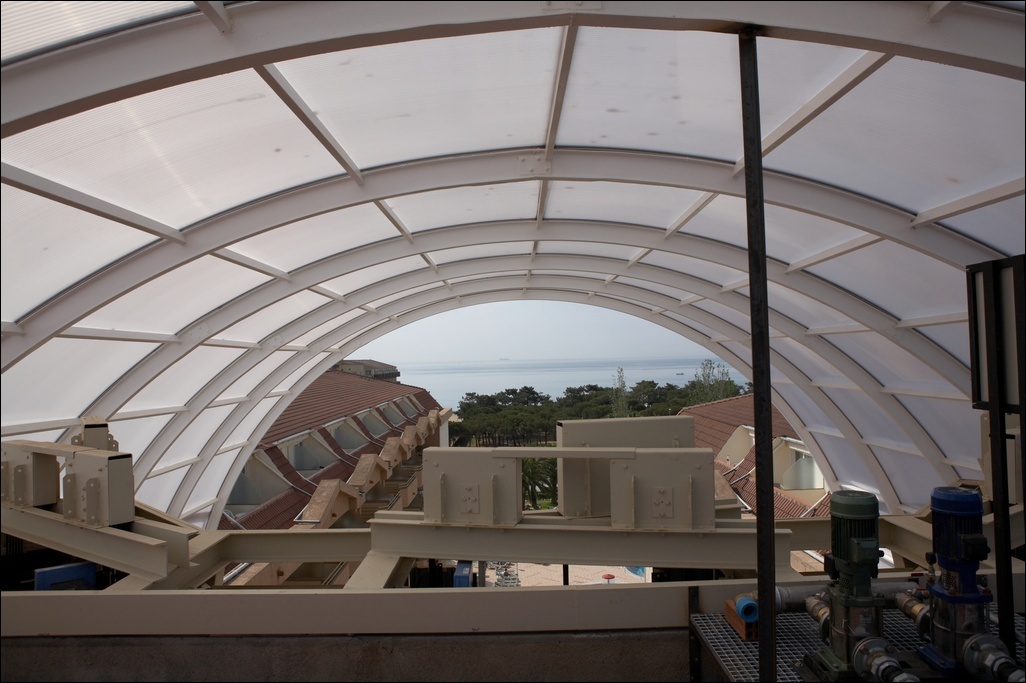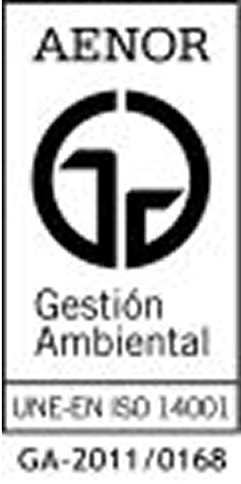Akyver - Multiwall Polycarbonate
LC optimal material for greenhouses

One of the requirements that any material suitable for coating greenhouses must meet is to guarantee, based on its optical properties, the correct light balance in the installation.
When choosing the enclosing material, the main objective in this type of installation is to ensure that as much light as possible enters. Since, with this, we optimize lighting costs, prioritizing the use of natural light over artificial light sources. But to achieve this maximum and also to ensure that the installation is energy efficient as well as productive, not only must the transparency of the chosen material be taken into account, but other factors are involved.
Concepts such as photosynthetic photon flux density (PPFD), photosynthetically active radiation (PAR), or near infrared light (NIR) are elements to be controlled because they influence the proper functioning of the greenhouse. To improve production, we would need more PAR (light spectrum between 400 nm and 700 nm), since this influences photosynthesis. Or we will use the NIR to get the air and the installation to heat up, which has a direct consequence on the climate behavior of the greenhouse.
After different research projects, it has been observed that there is a direct relationship between the integral of radiation received by the crop and its production, with an average increase of approximately 1% being established for each percentage unit of increase in said integral. This measurement of light is known as the Daily Light Integral (DLI), which indicates the daily amount of PAR accumulated over a 24-hour period (1 day).
Factors affecting daily sunlight collection
But aside from this value, there are many other factors that affect the amount of light that reaches plants at leaf level. These are of many types, for example:
- The angle of incidence and solar irradiation.
- Geographic location.
- The supporting structure of the installation.
- Internal obstructions.
Sun incidence angle and geographical location
For optimal penetration of sunlight into the greenhouse cover, the angle of the Sun with respect to the Earth's surface plays a very important role in the readings of the greenhouse effect DLI. This angle varies throughout the day and year, as the Earth revolves on itself and around the Sun.

The northern latitude of around 40′ crosses the busiest greenhouse areas in the world, such as Spain, Italy, Greece, Turkey, southern Russia, Kazakhstan, central China, northern California and Colorado.
This means that if, for example, we are in the Northern Hemisphere, at a latitude of 39º-42º in the USA in winter the plants in the same greenhouse will receive only a quarter of DLI in summer. With this type of variation, it is imperative that in the winter months we do our best to get as much available PAR light as possible into the greenhouse. In this theoretical installation, if, for example, we cultivate plants that need a minimum of daily DLI for proper development and flowering, we must think about what covering material is most suitable to achieve these. To achieve this, it would be logical to think that the ideal enclosure for the greenhouse would be a transparent material, such as flat glass, but it is not that easy.
Next, we explain why and why other materials such as corrugated polycarbonate (LC) are more suitable.
Flat coating materials perform worse than corrugated materials for a physical reason. Since it is necessary to measure light throughout the day (including sunrise-sunset interval), the angle of incidence of the Sun on the roof surface plays a very important role in the overall transmission of PAR light to the greenhouse. When the sun is at its lowest point in the sky at sunrise and sunset, the flat roofs of greenhouses reflect more light than they transmit.
It is true that at 12 noon with the sun at its highest point all day, a flat glass cover transmits 1% of extra light, but the problem comes before that time and then, due to solar movement, the amounts of reflected light increase. In contrast, a corrugated polycarbonate is capable of increasing its average light transmittance in the greenhouse.

Material for covering long-term greenhouses
LC /versus colorless glass comparison chart
Based on data from the light laboratory at Wageningen University (The Netherlands)
Analyzing the behavior of both materials, we see that while at a direct angle of incidence glass and polycarbonate panels show a similar light transmittance, at low angles of incidence 0.8 mm corrugated polycarbonate transmits almost 50% more light.
This is because the wavy profile is able to capture sunlight at low angles and redirect it inwards instead of reflecting it to the outside.
At latitudes of 45º-55º (Central and Northern Europe, Northern USA, Southern Canada and Northern China) this advantage is even more significant during the 5 critical months of winter in the Northern Hemisphere, between November and March, since the sun shines most of the day at an angle of 15º-25º with the horizon.
Corrugated polycarbonate refracts light at low angles of incidence, reduces reflection and facilitates greater penetration of light into the greenhouse than any other material.
Support structure and internal obstructions.
Of course, light transmission isn't the only factor to consider. The structural elements create shadows and the colorless glazing generates a direct light impact that can damage plants.
Polycarbonate manufacturers can maintain the same high light transmission with corrugated polycarbonate, but by adding diffusing agents or creating light-diffusing relief surfaces. This factor causes light to be dispersed evenly throughout the plant canopy, creating an ideal growth environment without the increased risk of plant burns due to an intense beam of light.
In addition, diffused light decreases heat build-up in the greenhouse. This makes it possible to maintain a suitable temperature for cultivation, while ensuring thermal comfort for the worker.
All these advantages are added to the usual properties of corrugated polycarbonate, such as:
- Light weight
- Impact resistance
- Durability to withstand the elements.
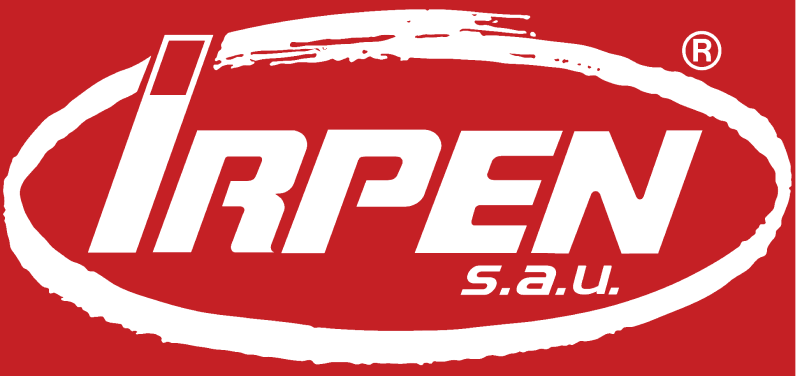







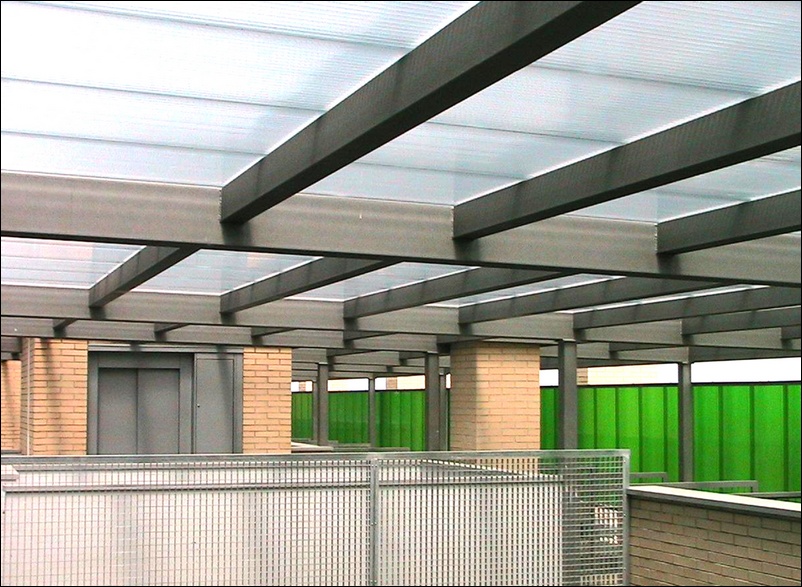


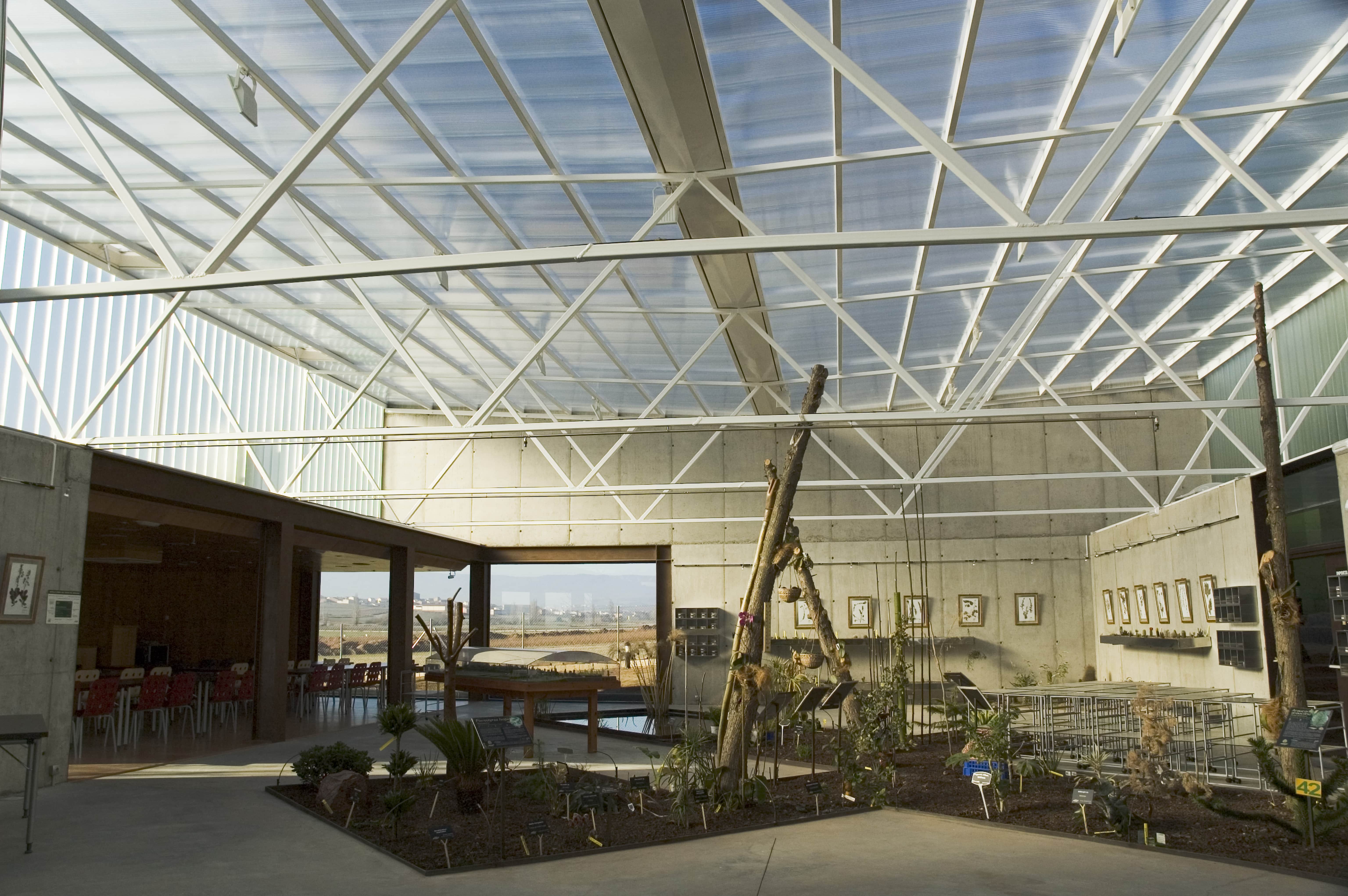
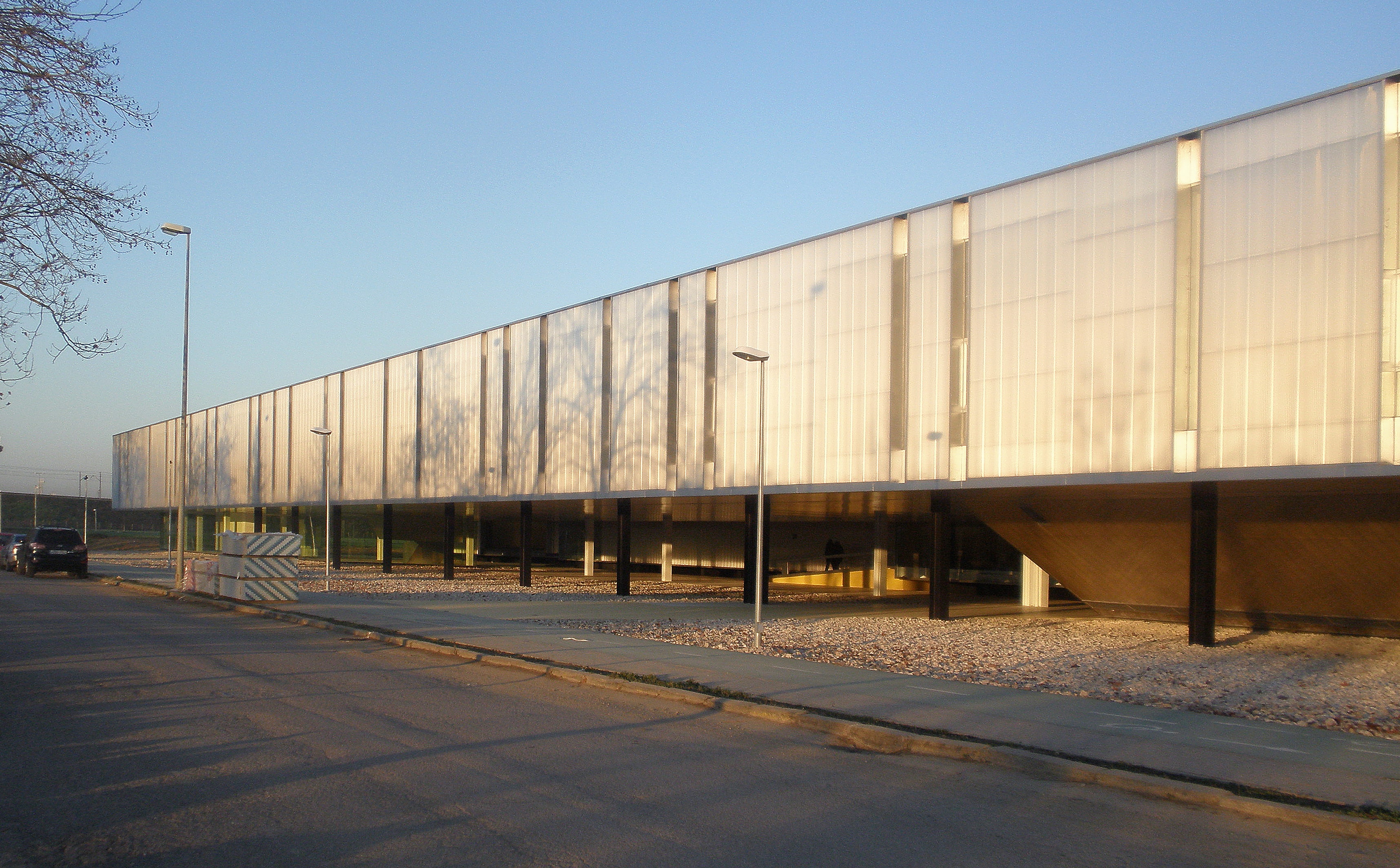
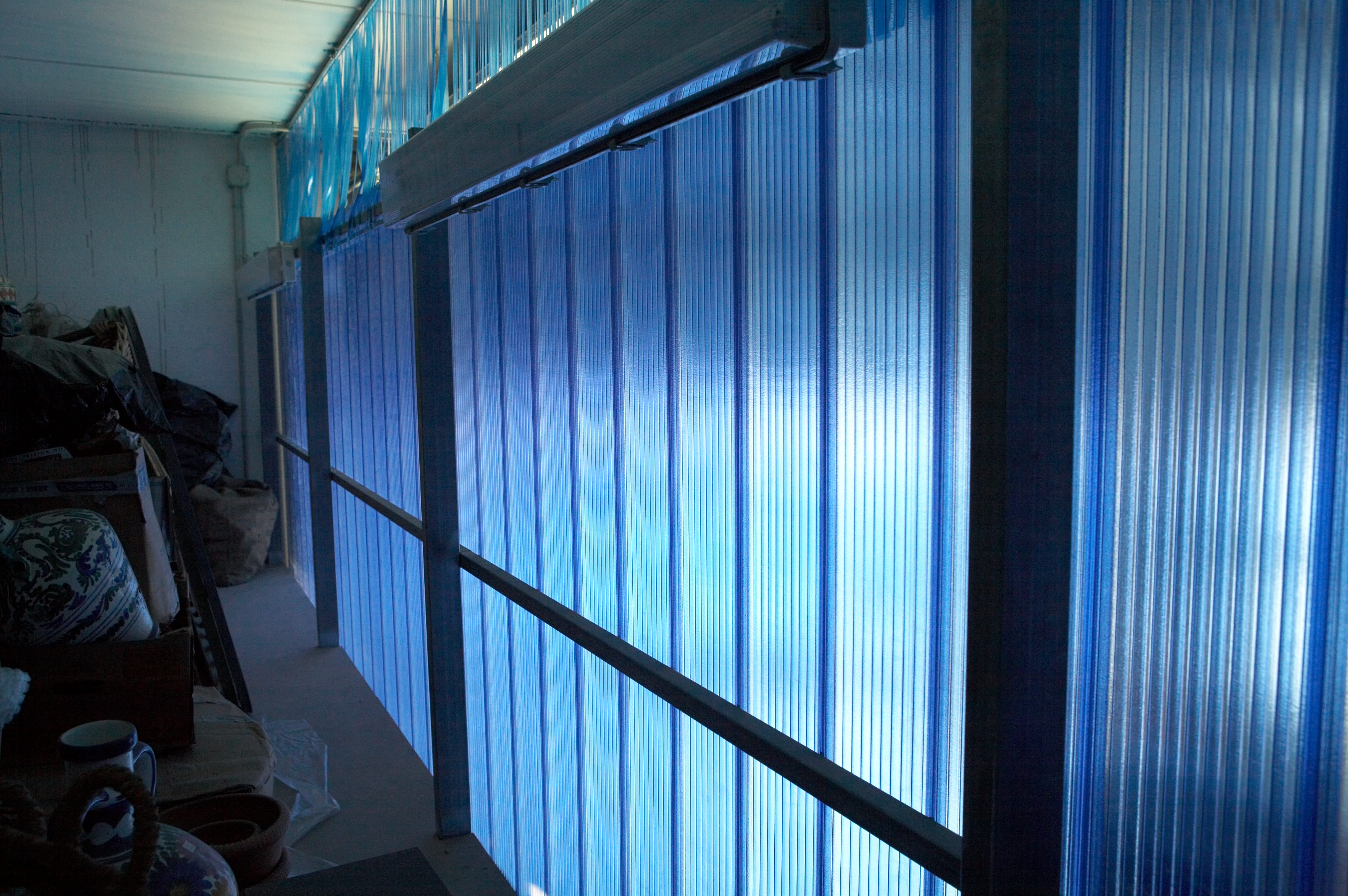

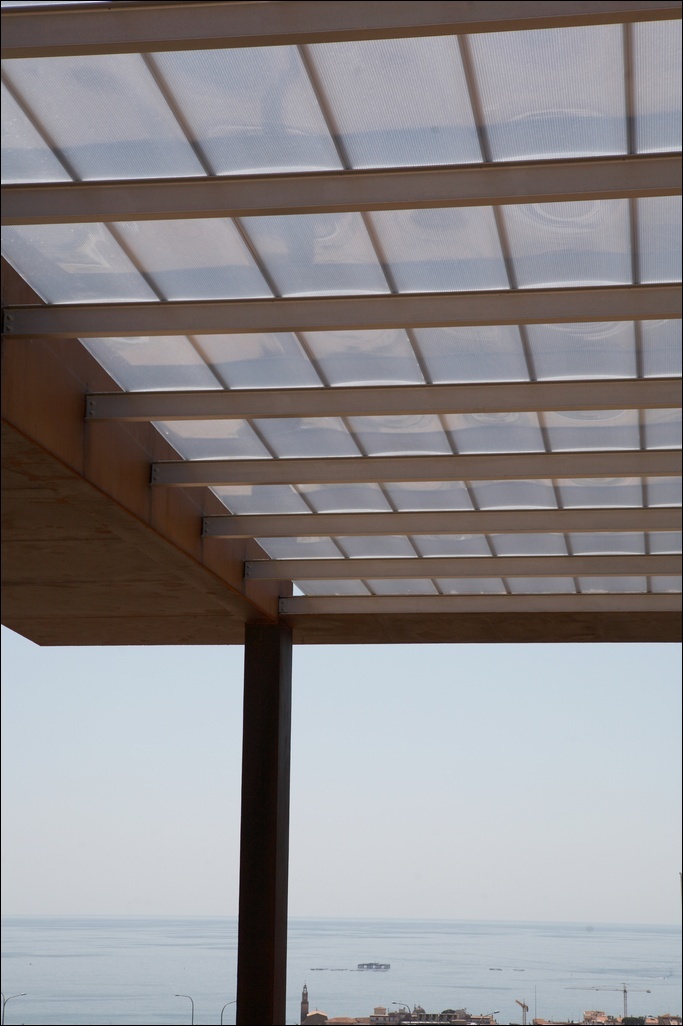
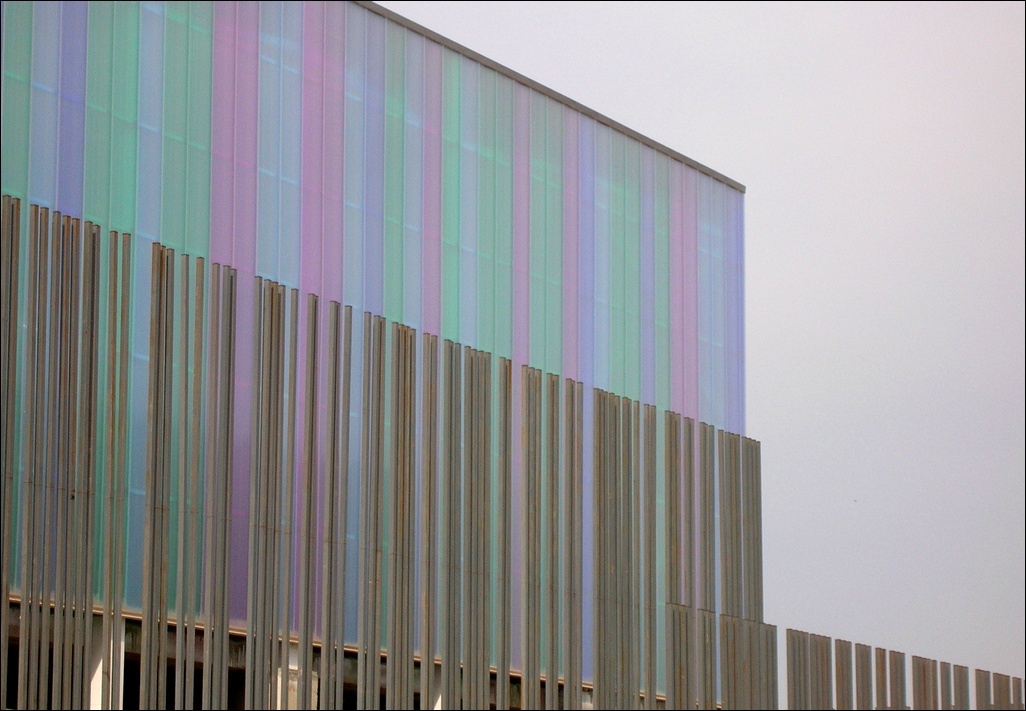
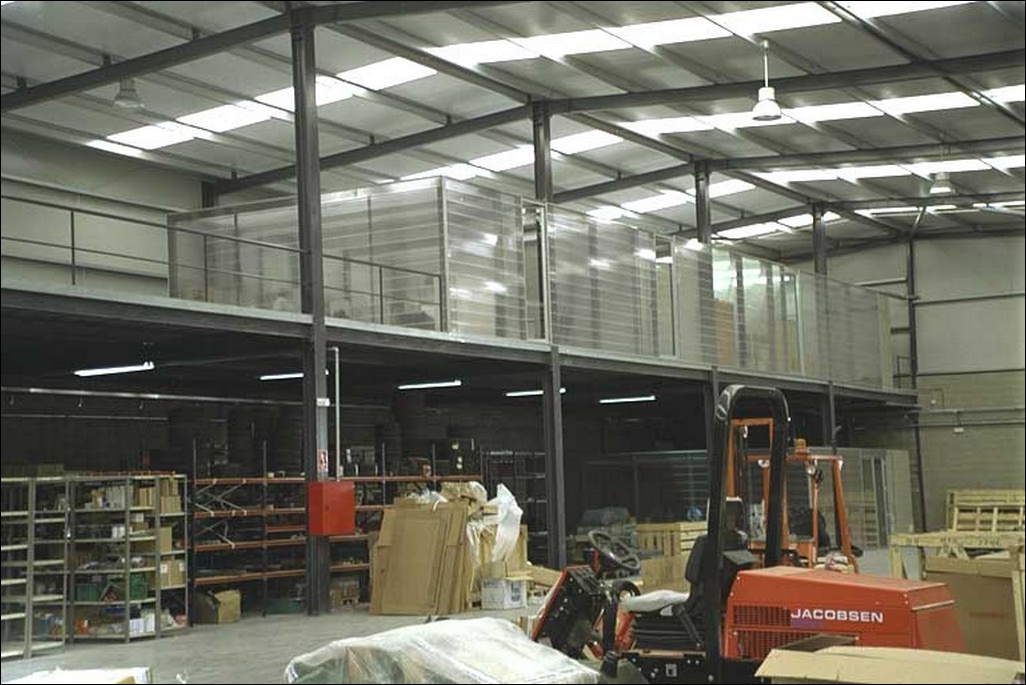
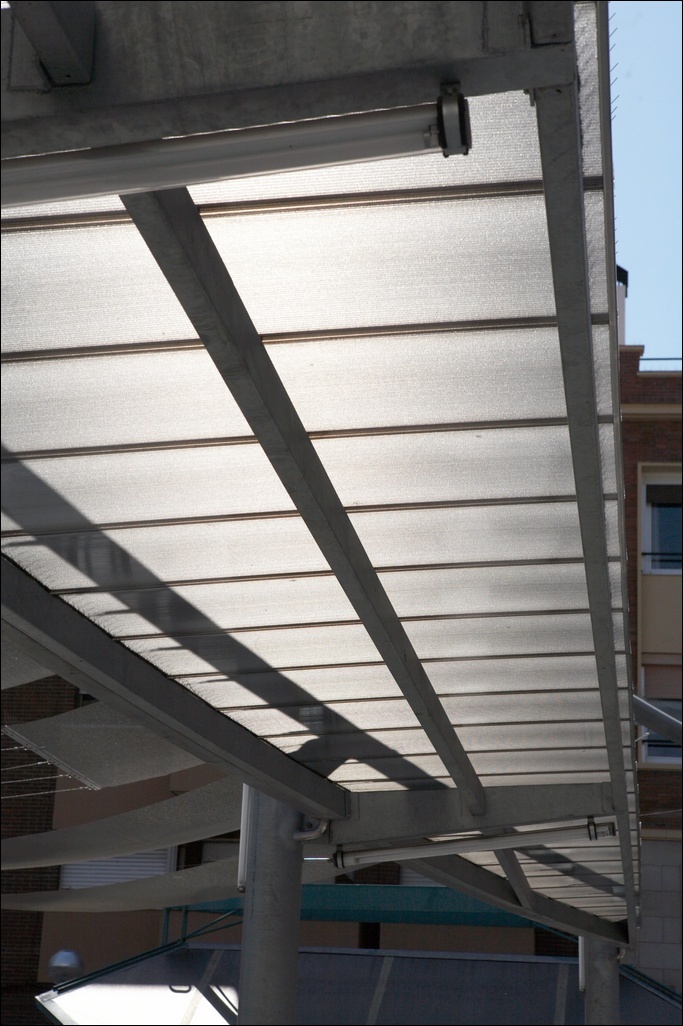
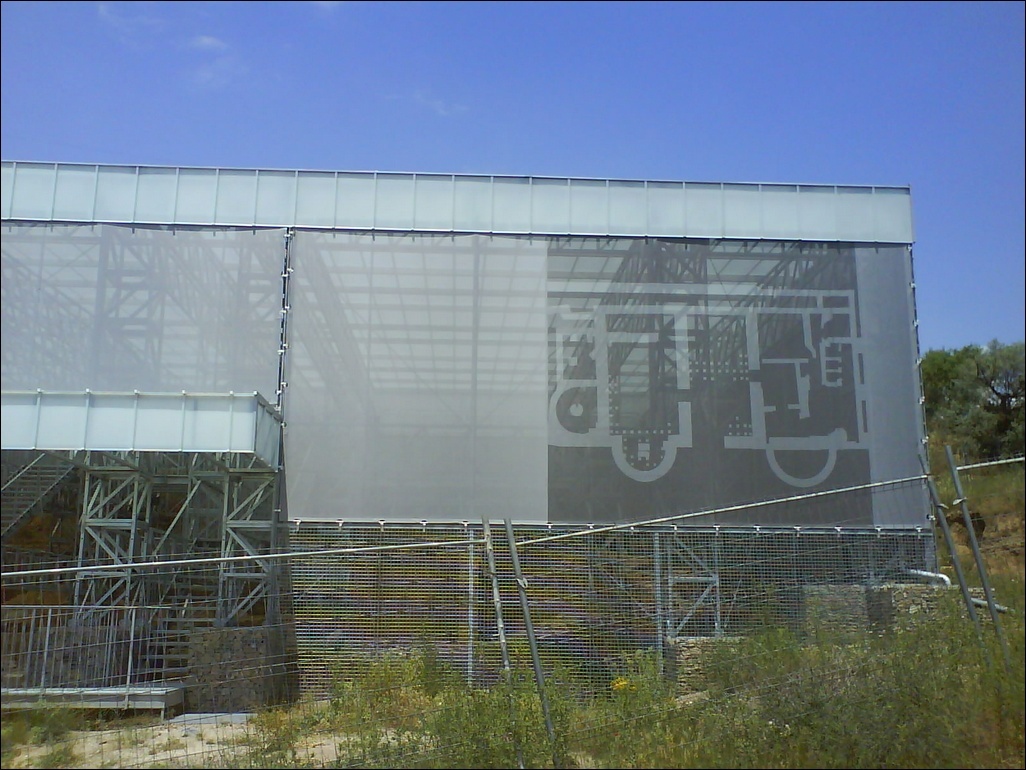


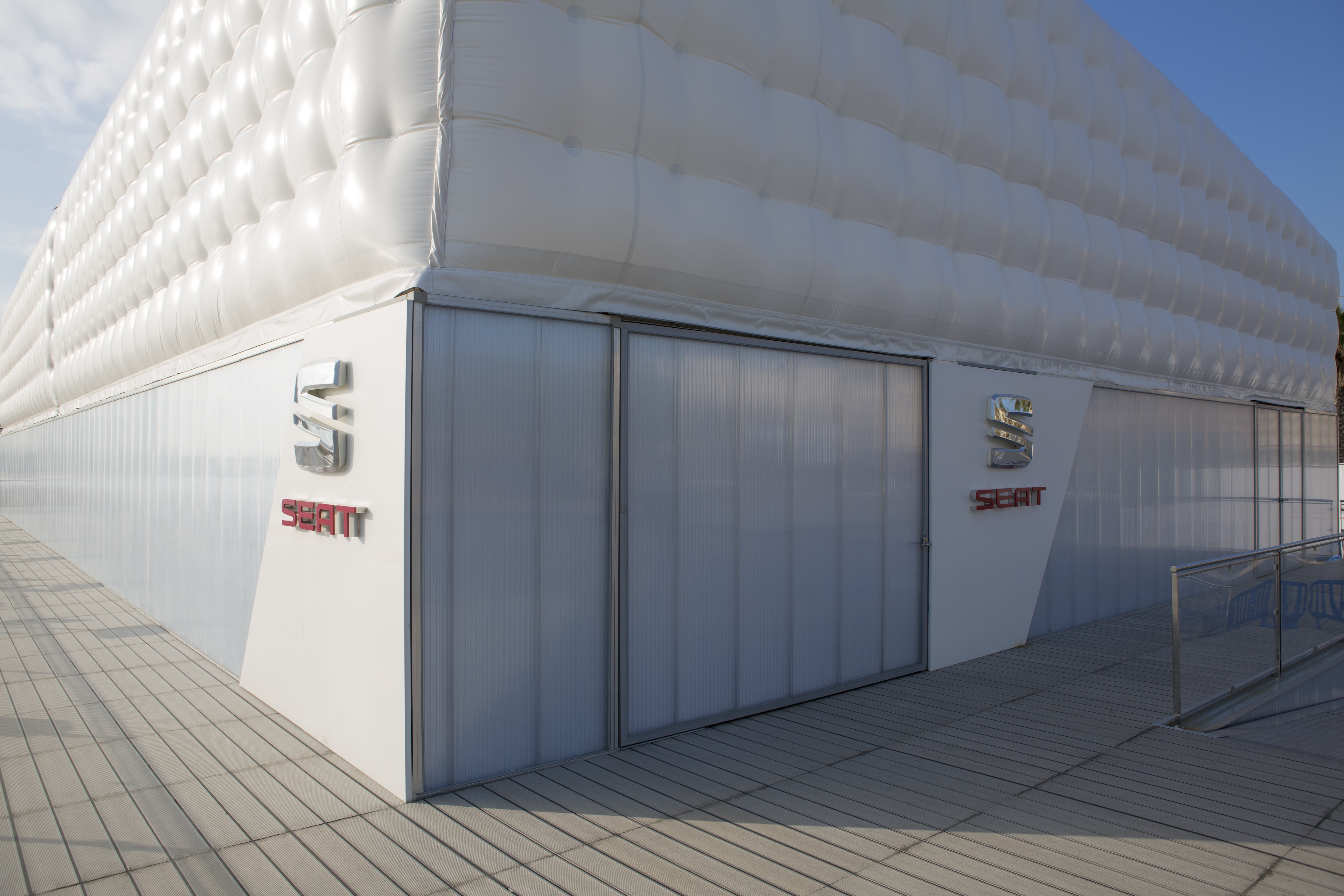
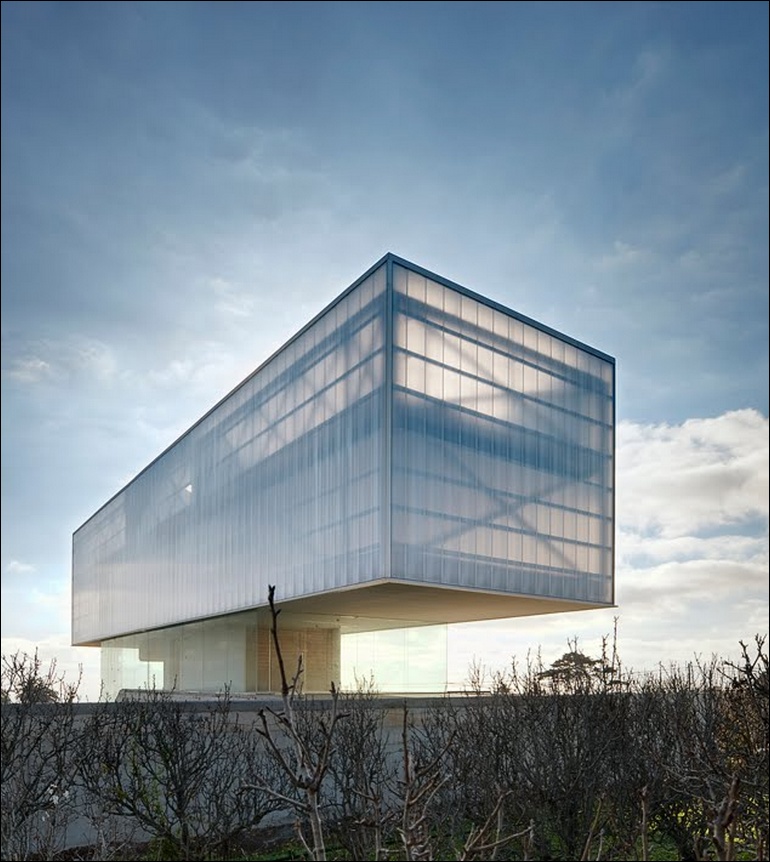


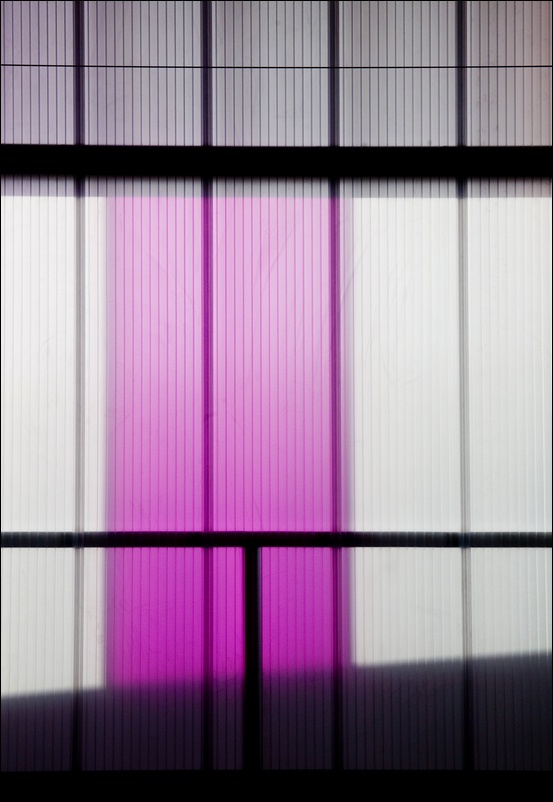
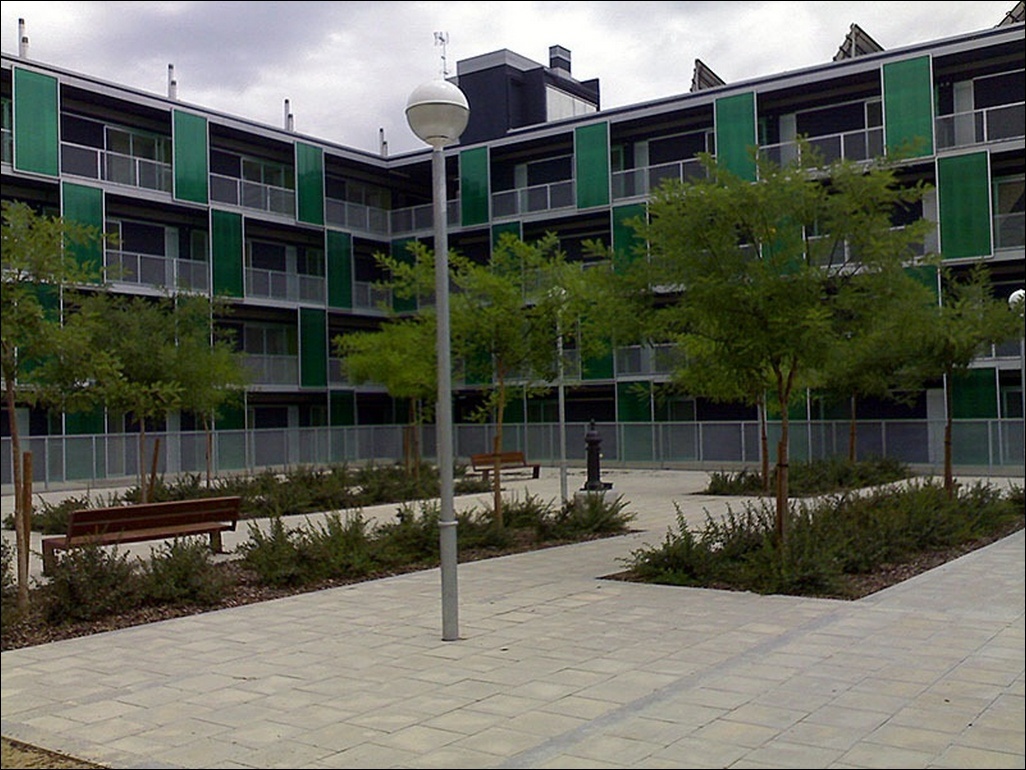

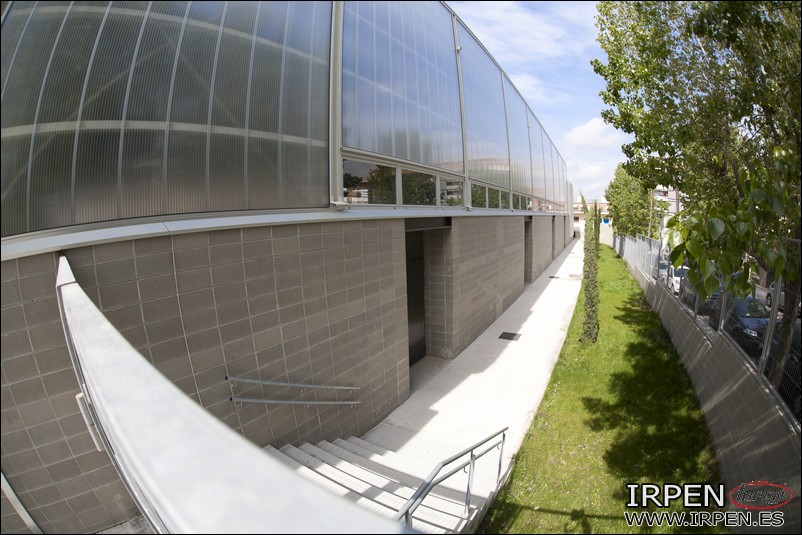

.jpg)
